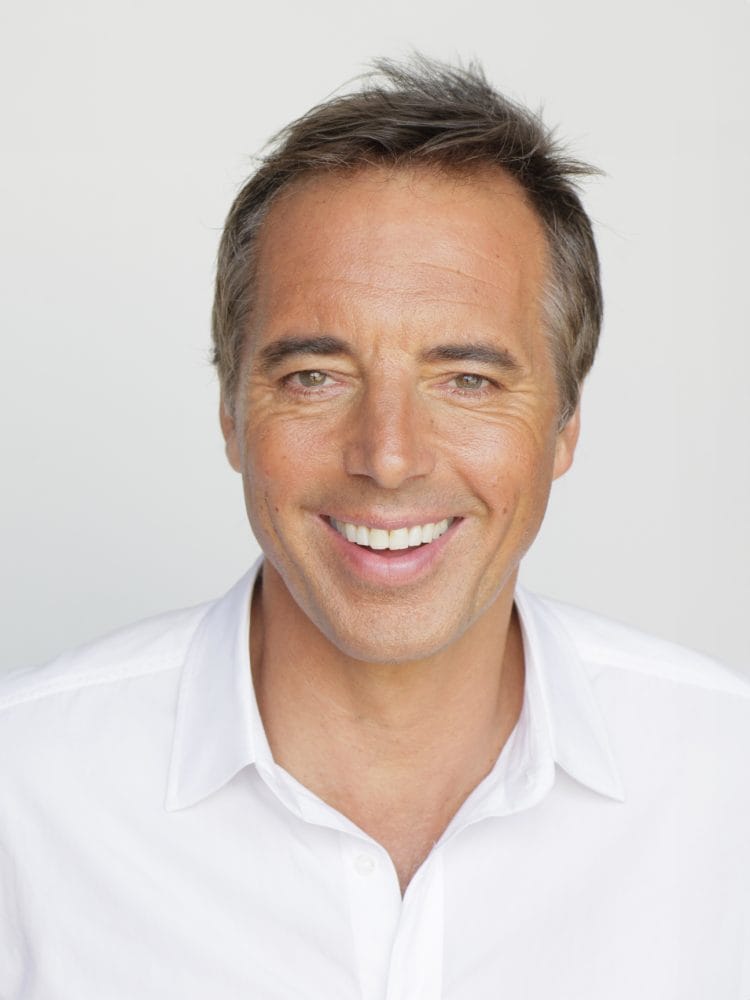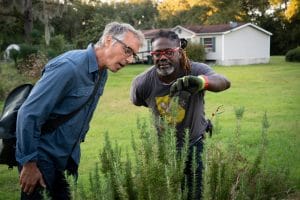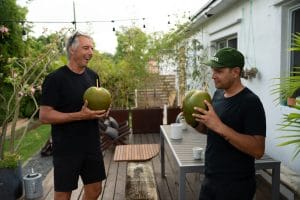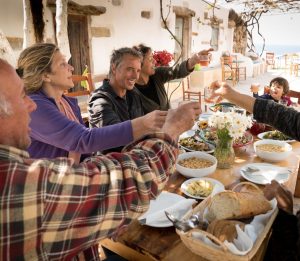Dan, tell us a little bit about yourself and how you became interested in the Blue Zones. What is a Blue Zone?
I am a National Geographic Explorer, Emmy Award-winning producer, and multiple New York Times bestselling author. I identified the five regions of the world—known as Blue Zones—where people live exceptionally long and healthy lives.
Blue zones are demographically confirmed, geographically defined areas . Working with a team of demographers, researchers, anthropologists, and epidemiologists we found five blue zones around the globe: Ikaria, Greece; Sardinia, Italy; Okinawa, Japan; Nicooya, Costa Rica; Loma Linda, California.
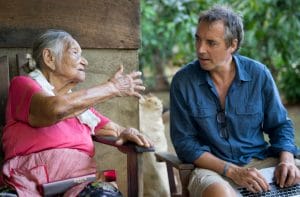
Photo Credit Left, Center, Right: David McLain
What are the nine things you have seen that promote longevity in life and create Blue Zones?
The key factor across all the blue zones is that the centenarians living there did not wake up one morning and decide they wanted to live to 100. The simply lived in environments that nudged them into daily movement, encouraged social connectedness and plant-based eating over a lifetime. Making the healthy choice not only easy but unavoidable.
We found that all the blue zones share 9 common characteristics that we feel create this environment of health. We call them the Power 9.
1. Move Naturally
The world’s longest-lived people don’t pump iron or run marathons. Instead, their
environments nudge them into moving without thinking about it.
2. Purpose
Why do you wake up in the morning? Knowing your sense of purpose is worth up to seven years of extra life expectancy.
3. Down Shift
Stress leads to chronic inflammation,
associated with every major age-related
disease. The world’s longest-lived people have routines to shed that stress.
4. 80% Rule
“Hara hachi bu” – the Okinawans say this
mantra before meals as a reminder to stop
eating when their stomachs are 80 percent full.
5. Plant Slant
The Blue Zones diet, at its foundation, has four main pillars: beans, greens, 100% whole grains, and nuts & seeds. Blue zones inhabitants live longer because they’ve eaten the right foods—and avoided the wrong ones—for most of their lives. They ate foods that were available to them, in season, and easy to make.
6. Wine @ 5
Moderate drinkers outlive non-drinkers,
especially if they share those drinks with friends.
7. Belong
Attending faith-based services four times per month – no matter the denomination – adds up to 14 years of life expectancy.
8. Loved Ones First
Centenarians put their families first. They keep aging parents and grandparents nearby, commit to a life partner and invest in their children.
9. Right Tribe
The world’s longest lived people chose or were born into social circles that support healthy behaviors.
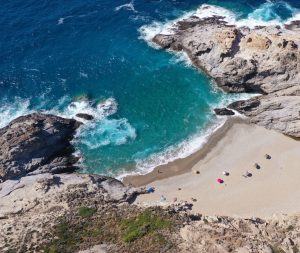
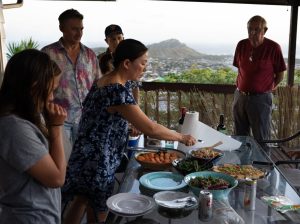
Photo Credit Center and Right: David McLain
In the Netflix documentary, Live to 100: Secrets of the Blue Zones, you paired up with National Geographic to speak with five different
communities. Was there a community that stood out to you personally?
I have been to all 5 of the blue zones many times and they all have their own unique characteristics that make them special: The first one off the coast of Italy, the island of Sardinia. A population of shepherds that get regular low intensity physical activity. They eat mostly a plant based diet and they have a culture that actually celebrates age. On the other side of the planet, the world’s longest lived women, Okinawa. The cornerstone of their diet for the last 100 years has been sweet potatoes. They have a strong sense of purpose embodied in the word ikigai and they have very strong social networks.
Here in America we found the Blue Zone 80 miles east of Los Angeles, down the San Bernardino freeway among the Seventh Day Adventists in Loma Linda. Their diet is fully plant-based and they focus their time on family and faith.
Then there is the island of Ikaria, Greece. This is a population where people live about eight years longer than the rest of us. They eat a
Mediterranean-style diet, with lots of fruits and vegetables, whole grains, beans, and olive oil. Ikarians make family and friends a priority and downshift by napping daily.
In the Nicoyan peninsula of Costa Rica is home to some of the hardest working centenarians. They have a plan de vida and wake up with a sense of purpose. Their diet is mainly corn, beans, and squash – the three sisters of Mesoamerican agriculture.
Speaking of a healthy diet, we also found out that Dan Buettner is coming out with a new book releasing on September 2, 2025 called The Blue Zones Kitchen One Pot Meals.
I heard that you are creating Blue Zones here in the United States; can you tell us how that is going?
Yes, they are called Blue Zones Projects. We work with city governments, hospital systems, and insurance companies to
transform communities by applying the longevity principles uncovered in blue zones. Notably, in Fort Worth, Texas, obesity rates dropped by 3%, and the city projected $250 million in healthcare cost savings as a result of these initiatives. To date, over 75 cities across the United States have adopted Blue Zones Projects, collectively improving the health of more than 10 million Americans.

